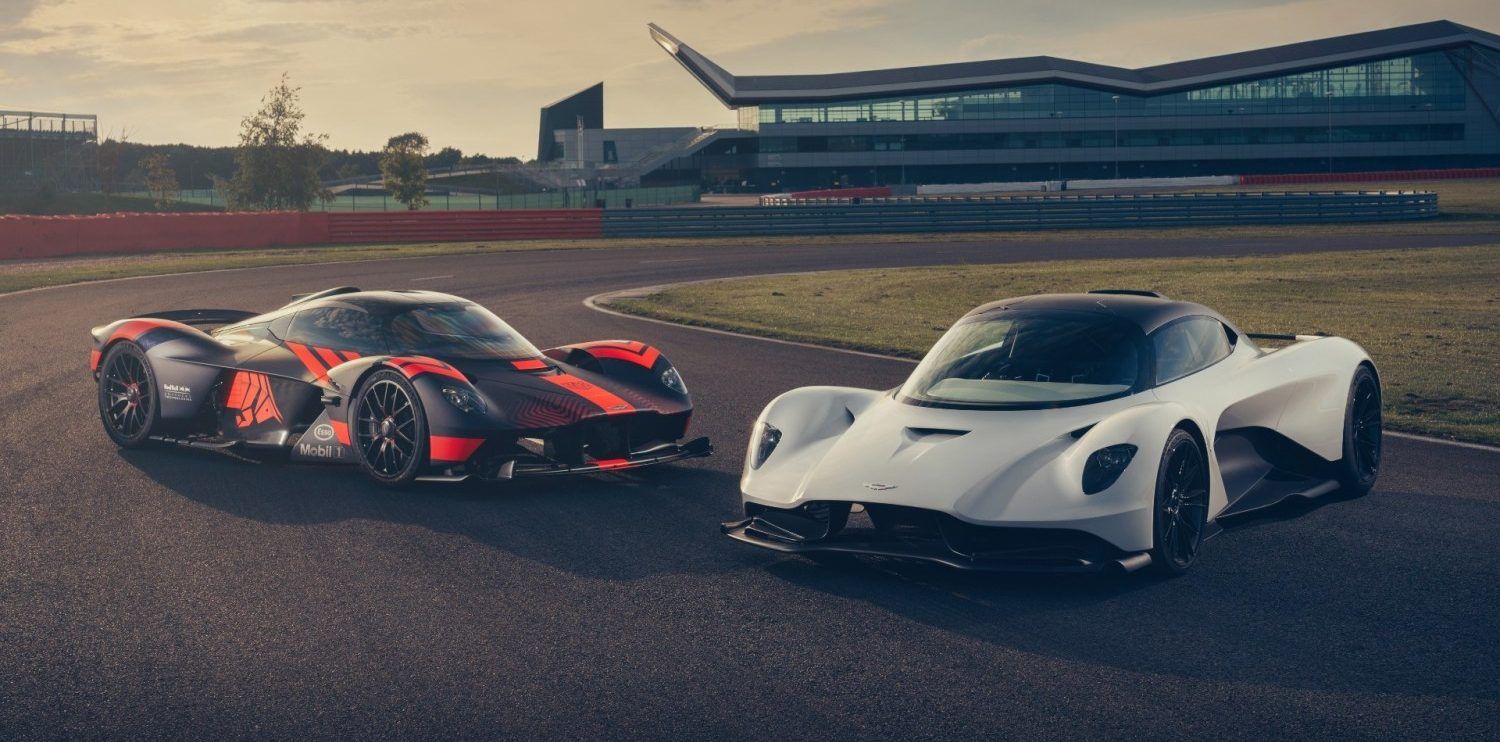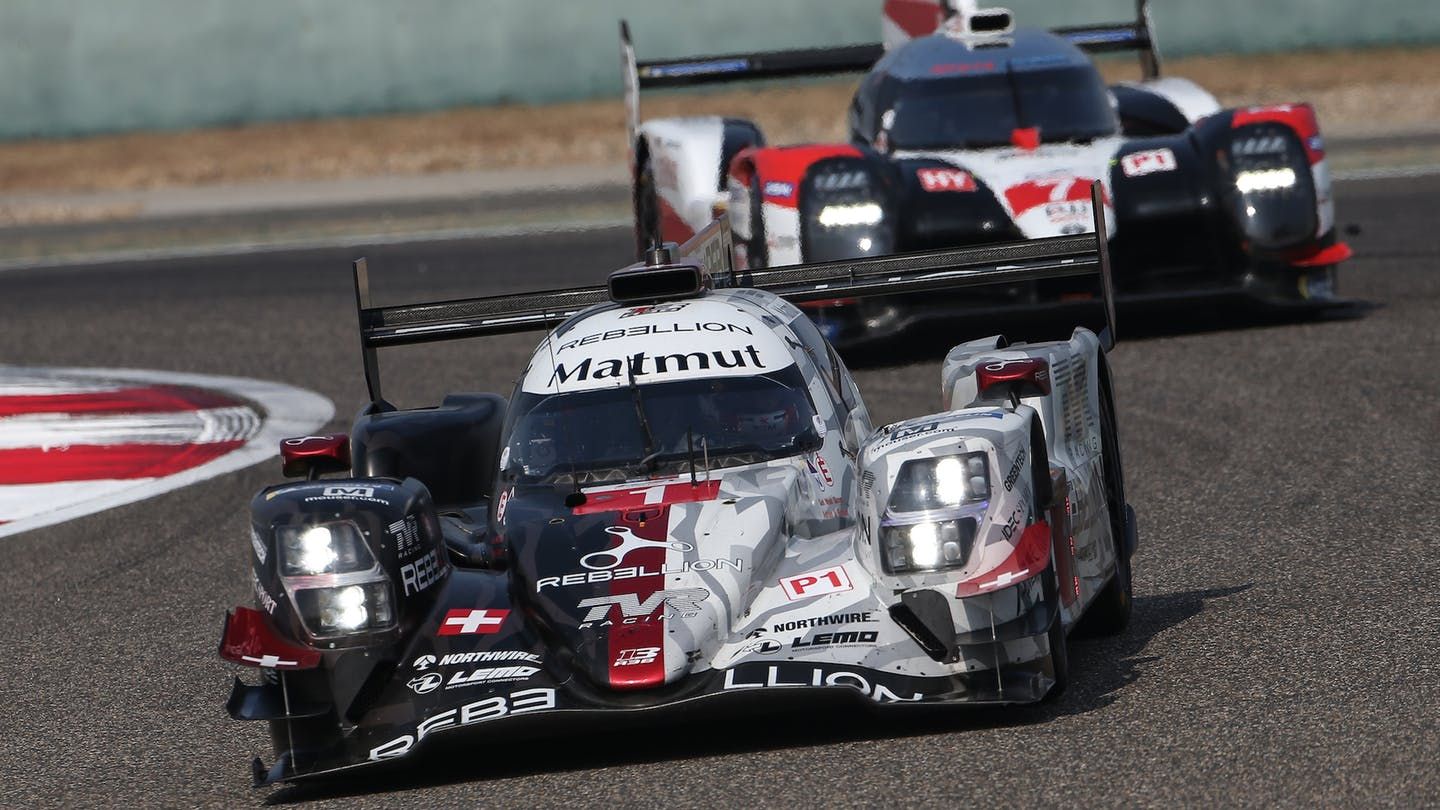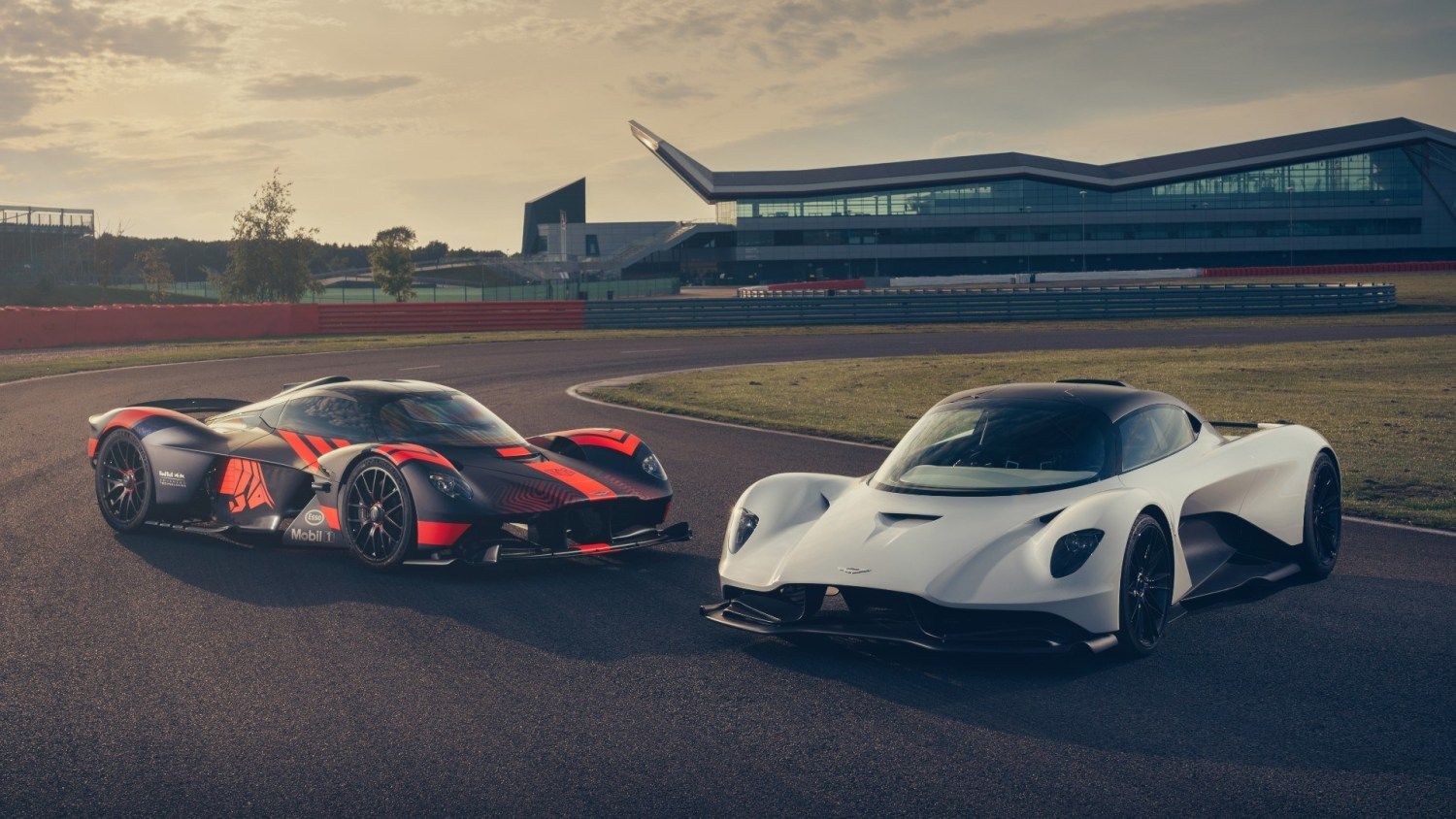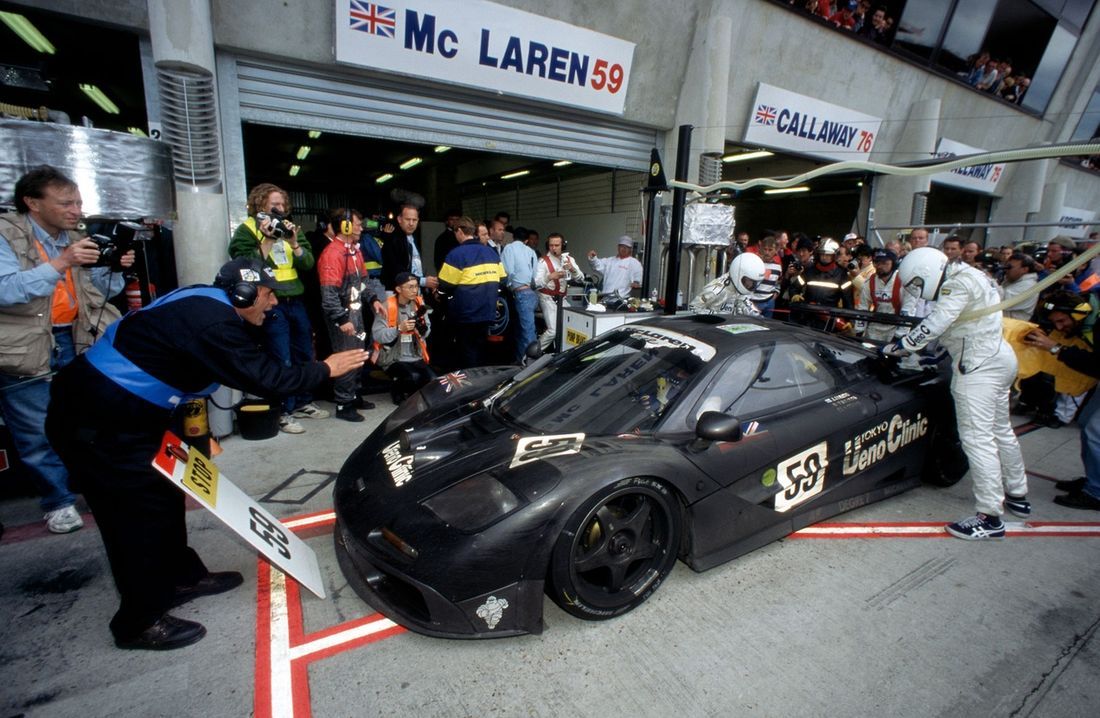This year movie fans got a peak at one of the most grueling and prestigious endurance races for sports cars in the Matt Damon and Christian Bale movie Ford vs Ferrari. The movie revolved around the rivalry between the at the time dominant Ferrari team and the 'underdog' Fords that knocked them off the pedestal.
More than fifty years on from Ford's initial victory and the endurance race is still going. Unlike series like Formula One and NASCAR, the trajectory of sports car racing isn't the steady development of a single type of race car. Part of that is down to the type of racing that happens at Le Mans.
Briefly, Le Mans is a 24 hour endurance race meant to prove the mettle of production cars held on public roads in the south of France. It was first held in 1923 and like most of sports car racing it features several classes. As the cars have evolved over the years, so too have the classes at Le Mans.
Recently those classes have been broken down into four categories that race simultaneously. At the bottom is the GT classes that feature street based sports cars that are subject to Balance of Performance rules to make the races close when the street cars are so diverse. This further divided into GTE Pro and Am (for amateur) with the Am classes having to have half of their drivers be non-professional drivers.
Farewell to the Prototype
At the top of the category has been Le Mans Prototype. The LMP2 is a strict formula for purpose built race cars with LMP1 being an open field for innovation. That category gave the world the Audi R8 and R10 race cars with a diesel powered drivetrain that dominated Le Mans and related series. In the last few years Le Mans prototypes have seen different configurations from small engines, diesels, and even a Porsche hybrid that won three years in a row.
The trade off for innovation is price. To compete at the top level of Le Mans is a massive investment which in most years means that essentially one manufacturer makes an attempt at the top spot for Le Mans on any given year.
So the ACO went to the manufacturers and asked them what they wanted at the top of the mark for the classic endurance race and the answer was they wanted to race cars that they actually sell.
Enter the new Hypercar category.
Hypercars are the Future
Starting after this year's Le Mans the LMP category will be replaced by the Hypercar category. Like the GT categories, the cars are required to be based on road going cars, though in smaller numbers to accommodate smaller manufacturers. Purpose-built race cars will still be allowed under a strict set of rules.
So far Aston Martin has committed their Valkyrie hypercar for the series. Toyota, fresh off their first win at the French classic has also committed with a prototype version of their upcoming GR Super Sport, itself derived from their race winning hybrid.
Though don't expect the advanced hybrid systems of the last few years. Previously the regulations favored hybrids as an attempt to encourage innovation in that field. No more. Now the regulations focus on parity to increase participation.
Aside from the three announced participants there have been others who might be interested. Those include Ferrari, who hasn't had an overall win at Le Mans since 1965 before Ford unseated them. Porsche recently released a design study for the Playstation game Gran Turismo as well as for a 50th anniversary display of their Le Mans dominating 917, considered by some to be the best race car ever designed. McLaren and Lamborghini could be eyeing entries as well.
With an unprecedented number of hypercars being released the field could be as diverse as the GT category.
The Ghosts of GT1
This isn't actually that new for Le Mans. In the 90s after some enthusiastic McLaren owners homologated their F1 supercars for what was then the GT1 category. The top spots were at the time meant for the World Sports Cars, a closed wheel open top platform.
Quickly, however, that category also devolved into a spending war with entries like the 911 GT1 and Mercedes Benz CLK-GTR skirting the fine print of the rules to make high priced prototypes in all but name that prompted the change to Le Mans Prototypes.
The ACO feels like they have the solution this time around by adapting their Balance of Performance formula in the GT categories. The target for the hypercar class is a lap target of 3 minutes and 30 seconds. By comparison the winning Toyota managed a 3 minute 17 second lap last year. Rather than just strapping more and more weight on winning cars, Balance of Performance can restrict boost, fuel flow, or other performance parameters to shore up the performance of the cars.
This has certainly been a turn off for some manufacturers. Mercedes has dismissed the idea of their upcoming AMG One hypercar from racing because it would be subjected to Balance of Performance. Others have looked at BoP as a necessary evil. It keeps prices down since there's no point in spending millions on moving the margins when the ACO will reduce the speed in some other way to keep the cars competitive.
With the World Endurance Championship running from summer to summer, the Hypercars will make their debut later this year after Le Mans. Next year will see production based hypercars running at La Sarthe and a new era for the classic endurance race.




